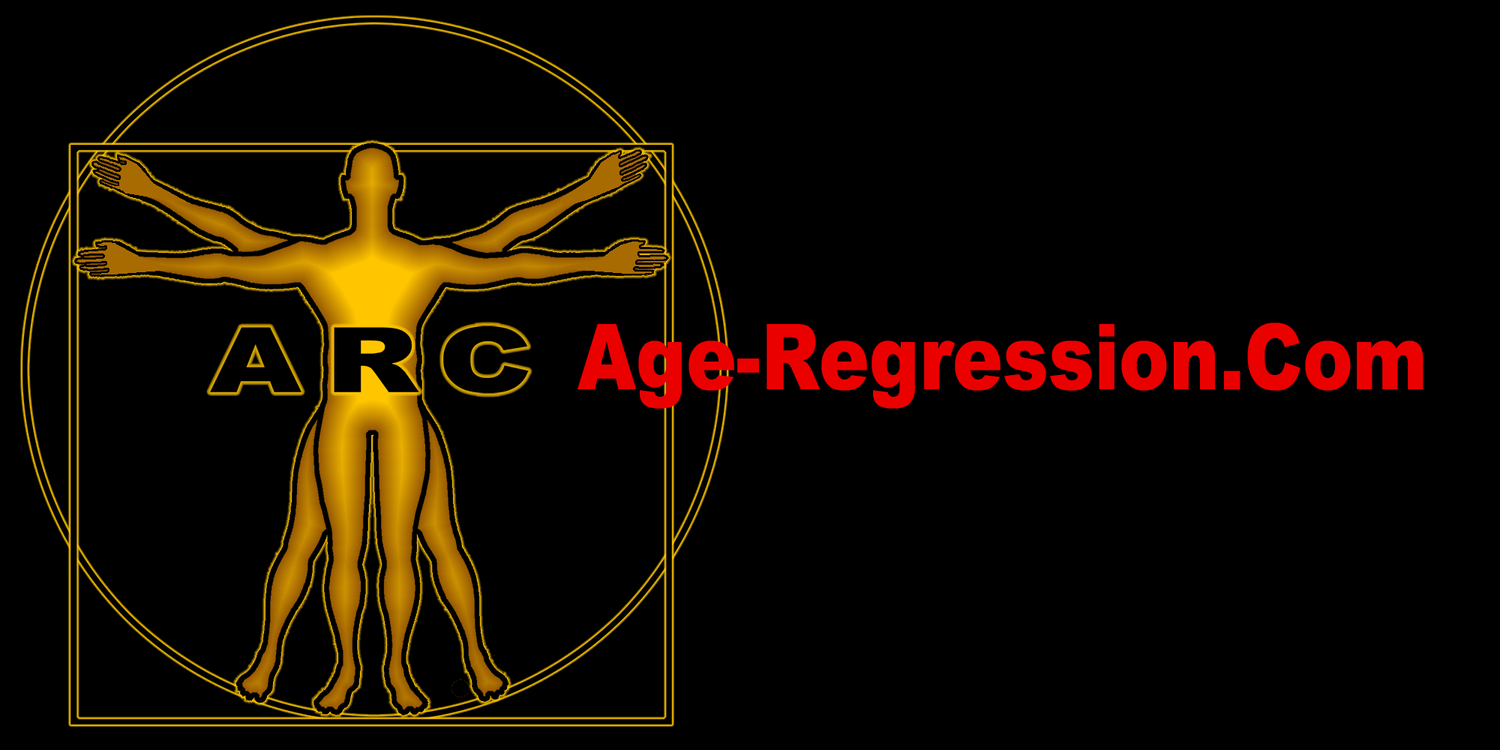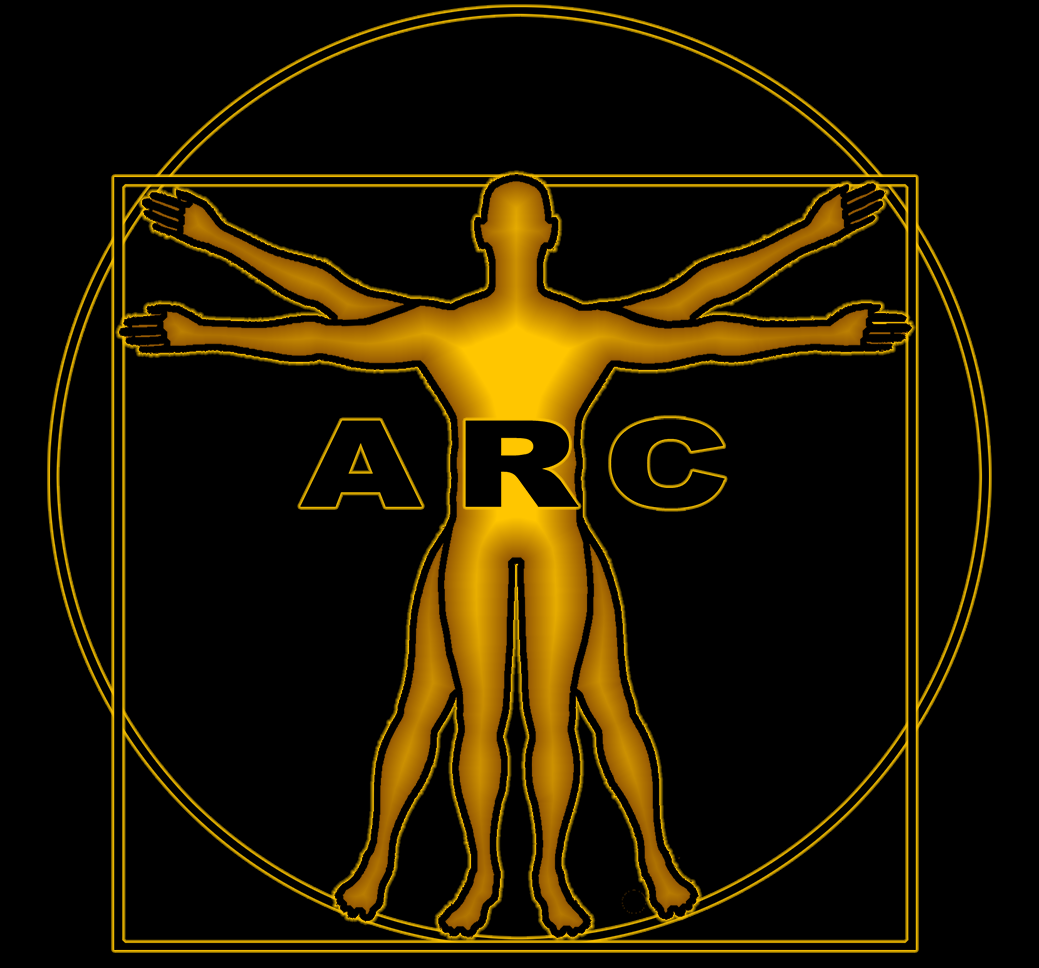
A R C
An Informational Bridge Between Emerging Research and Effective Aging Interventions
⥥ Scroll Down for Overview ⥥
ARC is an Open-Access, Collaborative Project
◉ Advancing age is the strongest predictor / correlate to developing an age-related, non-communicable diseases. [R1]
◉ Multiple research groups are successfully regressing the biological age of research animals.
◉ Regressing your biological age is both a prophylactic and disease ameliorating intervention.
◉ Resolving non-communicable diseases will dramatically reduce the cost of healthcare across the entire healthcare ecosystem.
◉ One treatment modiality is currentely approved and available (Here)
PREFACE
For centuries, humans have relied on reactive measures to treat diseases as they occur. In the last half-century, preventive measures have been implemented to delay and, hopefully, prevent the onset of many diseases. These efforts have led to longer lifespans, but they have also extended the period of time individuals experience age-related morbidities. According to BioViva, this amounts to an average of 16 years of ill-health for men and 19 years for women. The most effective way to address this issue is by targeting the root cause of disease: aging. This approach will not only mitigate the multitude of age-related biological transitions that result in disease, but also improve our overall quality of life as we actually begin to gracefully age.
Click [√] to Enlarge
It has been conclusively proven that aging is the underlying and driving cause of 85% of all diseases, with the exception of communicable diseases. These make up 15% and are transmitted by infectious agents. The goals of an effective age-regressive regimen are clear:
Regress your biological age.
Prevent and resolve diseases of aging.
Extend a high-quality, disease-free lifespan.
Aging is the most complicated issue in medicine and biology. Dramatic insights into aging pathways and new biological age-measuring tools, such as epigenetic clocks, are helping scientists uncover and validate the biological pathways that drive the aging process. As Dr. Sinclair's quote in the graphic above indicates, reversing aging also resolves diseases associated with aging. Multiple research groups are successfully rejuvenating animals by resetting their biological age to a much younger state, rather than just slowing the aging progression.
The field of age-regression is advancing rapidly, with new insights emerging daily. Although the genetic approach to inducing reprogramming is years away from commercialization, Alejandro Ocampo's lab has already activated the same targets with approved drugs and a flavonoid-supplement-derived small molecule. Another biotech, BioViva, is using a common and harmless virus, CMV, for nasal delivery of the vectors that initiate reprogramming-induced rejuvenation. As the molecular pathways become well established, the timeline for accessing these disease-preventive and life-extending treatments will be significantly reduced. Primate studies have already begun in Dr. Sinclair’s labs.
Multiple groups pursuing varied research paths and modalities have now demonstrated the ability to reverse the biological age of animals, and simultaneously ameliorate disease. One of the most dramatic proofs of this process was accomplished by Dr. Sinclair’s group when they successfully restored the eye sight of blind mice. [S6] The Katcher group has the worlds record in increasing the lifespan of a rat. Most of the research summarized below has dedicated pages on this site providing a detailed overview.
••••••••••••••••••••••••••••••••••••••••••••••••••••••••••••••••••••••••
Researchers Leading the Field of Age-Regression
••••••••••••••••••••••••••••••••••••••••••••••••••••••••••••••••••••••••
Click [√] to Enlarge
Belmonte [2020]: Cellular reprogramming by transient expression of Yamanaka factors OSKM, ameliorates age-associated symptoms, prolongs lifespan in progeroid mice, (a rapidly aging research mouse model) and improves tissue homeostasis in older mice. The same group demonstrated that specific organs and tissues are regenerated by epigenetic reprogramming. (Image on right, click to enlarge) Belmonte’s group demonstrated that by pulsing (via doxycycline induction of a Yamanak cassette of genetic signals targeting an OSKM polycystronic cassette (4F), that successful rejuvenation could be induced by reprogramming (RIR). [B2, B9, B14]
Conboy: [2022]: In 2005, The Conboy group at the University of California Berkeley discovered that by connecting the circulating system of a young and old mice, the old mouse was rejuvenated, reversing the sign of aging in the old mouse. This discovery has lead to extensive research on what proteins or chemical messengers (Chronokines) are contained within the plasma fraction of blood responsible for communicating to all systems in an organism, what the biological age of that organism currently is. The conboy’s have also demonstrated that simply reducing the plasma by 50% causes significant regeneration. The rational for the benefit derived from dilution was published by Wass Coray’s group (next entry). If three times as many age-advancing-components of the proteome increase (75%) as aging progresses and (25%) of age-decreasing-components decrease, it would be a reasonable conclusion that a Therapeutic plasma exchange (TPE) protocol incorporating a 50% dilution of all plasma proteins, would result in a net positive impact on aging and correspondingly disease. [C8] The Conboy group in collaboration with Dr. Kiiprov’s clinical research group are perusing this approach utilizing therapeutic plasma exchange or TPE.
Tony Wyss Coray [2021] Tony Wyss-Coray's group previously identified 529 proteins that have been reported by multiple studies derived from 4263 healthy individuals with an age range of 18-95 years. A total of 529 proteins changed their expression level with age in human plasma[T11, T12]. A literature search revealed that at least 64 of these 529 proteins are capable of regulating life span in animal models. They also determined that: (75.84%) 361 of all proteins associated with aging increased expression with age, while only (24.16%) 115 are associated with a decreased expression.
Click [√] to Enlarge
Katcher [2020]: Xenographic transplantation of plasma fractions from young animals result in a 54.1% age regression as measured by a Horvath Epigenetic Clock. [K7] Katcher’s E5 potentially resets gene expression, the epigenome, the transcriptome and/or proteome in the recipient, to more closely resemble that of a younger individual, thus resulting in a reduction of any of a number of anti-aging phenotypes. The first study in rats was conducted with plasma fractions derived from young pigs. This circumvents the need for human donor plasma and resolves some ethical concerns of using young individuals as the source of the plasma fractions. A longevity study is currently underway with positive results. The study has not as yet concluded because one rat refuses to expire. That Sprage-Dawley rat is now 48 month old and is in all probability, a new record for the species. The image above right is a brief topical treatment of an 80 year old individual with E5 on his right hand.
Click [√] to Enlarge
Ocampo [2021]: Several groups have utilized Yamanaka transcription factors activated by viral vectors. The Ocampo group has identified an optimized combination of two reprogramming small molecules sufficient to induce the amelioration of additional aging phenotypes including cellular senescence and oxidative stress. Importantly, in vivo application of this two-chemical combination significantly extended C. elegans lifespan. They have data demonstrating that improvement of key drivers of aging and lifespan extension are possible via chemical induced partial reprogramming, [O3]
Click [√] to Enlarge
Sinclair: [2023]: Loss of Epigenetic Information Can Drive Aging, Restoration Can Reverse It. Epigenetic reprogramming through ectopic expression of Oct4, Sox2 and KIf4 (OSK) restores patterns of youthful gene expression. By manipulating the epigenome, aging can be driven forward and backward. These data support a model in which a loss of epigenetic information is a cause of aging in mammals. AAV doxycycline OSK induction system restores the genetic and epigenetic information lost over time and resets that animals age to zero. [S1, S6]
Church [2022]: Human and animal longevity is directly bound to their health span. While previous studies have provided evidence supporting this connection, therapeutic implementation of this knowledge has been limited. Traditionally, diseases are researched and treated individually, which ignores the interconnectedness of age-related conditions, necessitates multiple treatments with unrelated substances, and increases the accumulative risk of side effects. In this study, we address and overcome this deadlock by creating adeno-associated virus (AAV)-based antiaging gene therapies for simultaneous treatment of several age-related diseases. We demonstrate the modular and extensible nature of combination gene therapy by testing therapeutic AAV cocktails that confront multiple diseases in a single treatment. We observed that 1 treatment comprising 2 AAV gene therapies was efficacious against all 4 diseases. [CH13]
Mikhail Blagosklonny [2023]: is a Russian-American scientist in the field of aging and age-related diseases. He is known for his work on new strategies for preventing and treating these diseases and extending healthy lifespan. Blagosklonny received his medical degree from First Pavlov State Medical University of St. Petersburg and a PhD in experimental medicine and cardiology from the Institute of Cytology and Genetics in Novosibirsk. He has been a Professor of Oncology at institutions such as New York Medical College and Roswell Park Cancer Institute. Blagosklonny's research focuses on the molecular and cellular mechanisms of aging and the connection between aging and cancer. He believes that aging is the main cause of many age-related diseases and that targeting aging can prevent and treat these diseases. Blagosklonny is considered a leading expert in the field and has received numerous awards and honors for his work. He is also a co-founder of the Life Extension Advocacy Foundation and a sought-after speaker, giving presentations and lectures on aging and age-related diseases at conferences around the world.
Blagosklonny’s Lab Publications
◉ These eight research groups are by no means the only scientists with advanced research projects that are successfully regressing the age of animals and organisms in their studies, as demonstrated by references throughout this site, as well as by a multitude of companies and institutes listed and linked in our Aging Information Switchboard.
••••••••••••••••••••••••••••••••••••••••••••••••••••••••••••••••••••••••
Multiple pathways that effectively regress aging and rejuvenate treated animals, resolving the diseases they were experiencing, have been identified. These insights now allow us to begin treating most diseases by addressing aging as the underlying cause.
A range of drugs, biologics, and medical procedures, including small molecules and peptides, are in development and have demonstrated the ability to successfully rejuvenate multiple animal models and resolve diseases in those treated models. A few of these treatments may become available in the next three years.
Cellular reprogramming demonstrates that age-related cellular changes are reversible.
Is resetting your biological age possible? If a forty year old couple conceive, the resulting zygote (a zygote is formed when an egg cell and sperm cell come together to create a new unique organism, illustration below) undergoes a dramatic chromatin reorganization to create totipotent and pluripotent cells free of aged molecular defects. The forty year old egg cell that was fertilized in this process, has its biological age, incrementally regressed, back to an effective age of zero. [R15] This age related rejuvenation demonstrates that nature employs an age-regression step as measured by hallmarks of ageing, including telomere length, mitochondrial function, DNA repair and epigenetic reprogramming. [R5]
A newly fertilized zygote gradually decreases to reach its lowest “age,” levels at around embryonic day 6/7 as embryos undergo gastrulation (a very early stage in embryonic development). This remarkable observation indicates that the zygote is actually ‘old’ and becomes ‘younger’: the embryo is rejuvenated during pre-/early post-implantation development, reaching its most youthful state around gastrulation.[R5]
What remains is to develop an effective interventional strategy that effectively replicates this process safely. Multiple research groups are publishing astonishing results that accomplish this scientific feat on a daily basis. The private communications we have exchanged with many of these scientist and their published research article now enables us to produce a road map to extending your health and life span now. To optimize these goals, we need to build a community of scientist, physicians, anti-aging activist, and interested individuals, acting collectively to design and refine the most effective age-regressive treatment strategies into one easy to fellow guide.
The emerging targets, interventional agents and biological markers for this process are provided within this site. As the research advances so will our stratgie. The foundation for both the targets and the markers are historical and emerging peer-reviewed literature. If at all possiable these article will be detailing the results of human clinical trials. We want to distill the science into targeted, effective, currently available treatments, accessible and benefitting everyone - now!
Multiple molecular pathways have been identified that contribute to aging. All available interventional rescources (AIR), treatment agents that are capable of addressing each of them, have also been identified. Optimizing the dosage, interval, and timing are important elements in developing and optimizing an effective treatment strategy. Additive, blocking and synergistic pharmacodynamics also need to be appreciated. We need to determine if optimal administration is dependent on or related to circadian rhythms. Can absorption of the AIR agents be increased by ingesting them with or without food. Finally we need to determine if one AIR agent is capable of positively contributing to the appropriate manipulation of multiple aging pathways, (see color codes at the bottom of this page). We will also be taking advantage of the molecular pathway information described in the literature. Activating or suppressing these pathways can have positive or negative influences on other molecular pathways. Crosstalk, noise, feedback and systemic signaling from processes like inflammation can contribute to unintended consequences and off target complications.
There is a huge amount of hype, misinformation and profiteering from opportunistic individuals and companies in this field. As the effectiveness of these interventions increase, expect attempts by vested interest to stop or slow age regressive progress. We are making a concerted effort to provide reliable information based exclusively on the science with safety as an overriding concern. We will never subject you to any kind of advertising, product promotions or ad placements. When we refer to specific products, its because they have unique attributes that facilitate the goal of regressing your Biological Age Set Point (BASP). As we locate reliable providers we add direct links to their products and sites. We are not affiliated with these companies and are in no way promoting ther’re products. We do not profit in any way, directly or indirectly from any third party/company. We are not monetizing the traffic to this site in any way and do not share any personal information with anyone or any outside third parties.
One important point of information. This site is under development and will be until aging becomes a manageable disease. See something that is wrong, could be improved, or needs more development, let us know using the links below.
Scientist, doctors, researchers and ethical bio-hackers that would like to actively participate in managing, monitoring and advancing the effectiveness of the age regression strategies evolving herein, please contact us via the fellowing email: michael@age-regression.com.
References:
[S1] [2023] Loss of epigenetic information as a cause of mammalian aging/ Cell
[B2] [2022] In vivo partial cellular reprogramming enhances liver plasticity and regeneration
[O3] [2022] Chemical Reprogramming Ameliorates Cellular Hallmarks of Aging and Extends Lifespan
[O4] [2022] Cellular reprogramming and the rise of rejuvenation biotech
[R5][2022] Age reprogramming: cell rejuvenation by partial reprogramming
[S6] [2020] Reprogramming to recover youthful epigenetic information and restore vision
[K7] [2020] Reversing age- dual species measurement of epigenetic age with a single clock
[B9] [2020] Unlocking Tissue Regenerative Potential by Epigenetic Reprogramming
[CH13] [2019] A single combination gene therapy treats multiple age-related diseases
[B14] [2016] In Vivo Amelioration of Age-Associated Hallmarks by Partial Reprogramming
•••••••••••••••••••••••••••••••••••••••••••••••••••••••••••••••••••••
Next page in chronology:
A new perspective on aging
AGING DEFINED
~ If you should survive to a hundred and five, ~ Think of all you’ll derive out of being’ alive, ~ And here is the best part, you’ll have a head start, ~ If you are among the very young …… at heart.. *Young at Heart, lyrics by: Carolyn Leigh / Johnny Richards
~ If you should survive to a hundred and five, ~ Think of all you’ll derive out of being’ alive, ~ And here is the best part, you’ll have a head start, ~ If you are among the very young …… at heart.. *Young at Heart, lyrics by: Carolyn Leigh / Johnny Richards


